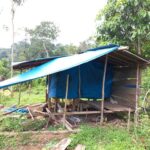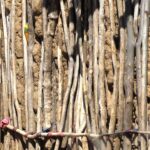The Mentawai people at Siberut Island use forest huts (called Sapou by them) for various reasons and purposes. One is a permanent dwelling for single, old men who do not live with their family in the Uma (family home in the forest), as was the case with this forest hut described here. Other purposes for such a hut would be as a resting place when tendering taro gardens or as a hunting base in faraway locations.
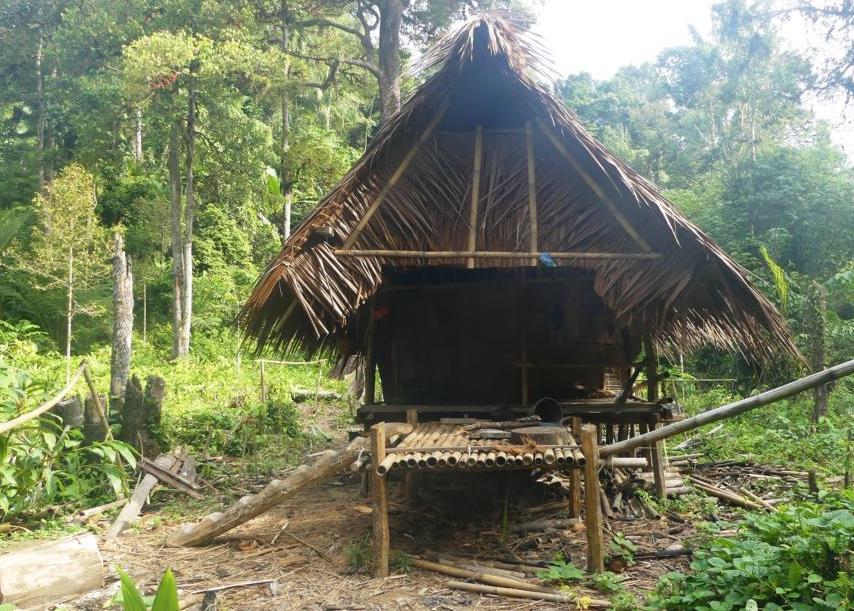
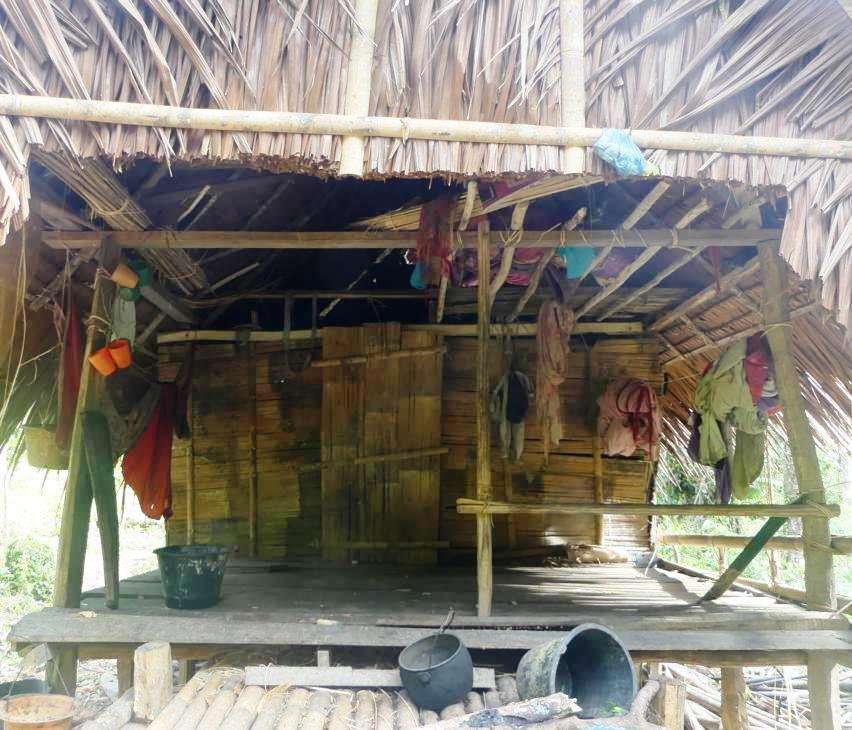
The particular purpose of forest huts
For couples, it is strictly taboo to exchange any sexually inspired feelings within the Uma. Couples have to meet somewhere in the forests for reproduction purposes or to express their mutual love. Therefore, taro gardens in the jungle are a welcome place for building such forest huts for privacy.
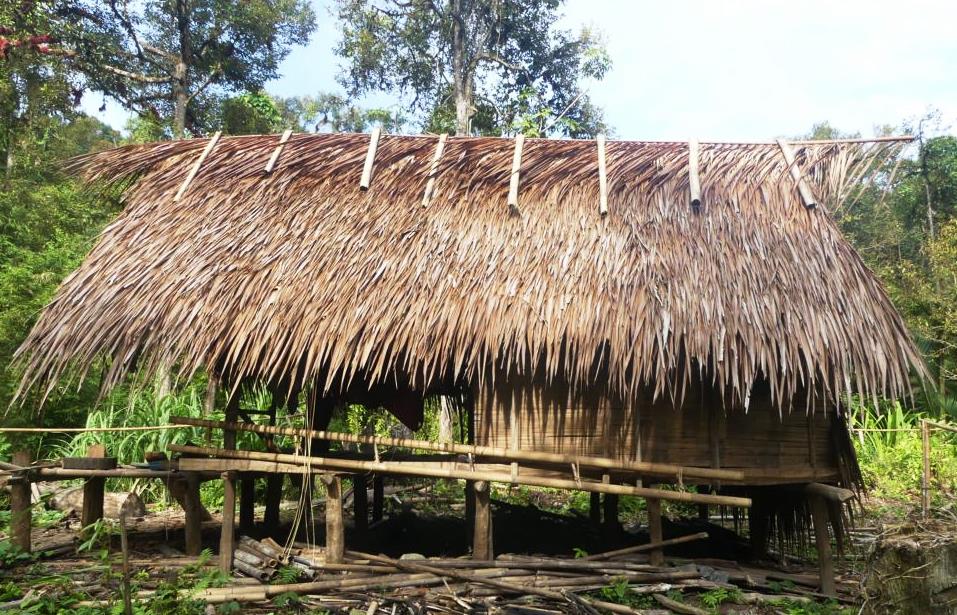
The presented hut may have been slightly too elaborate for later purposes. However, generally, the huts have to be elevated from the soggy ground. They consist of two parts. One is the open but covered bamboo deck for cooking and resting. The other is an enclosed room, which holds gardening or hunting implements and serves as a sleeping or resting place.
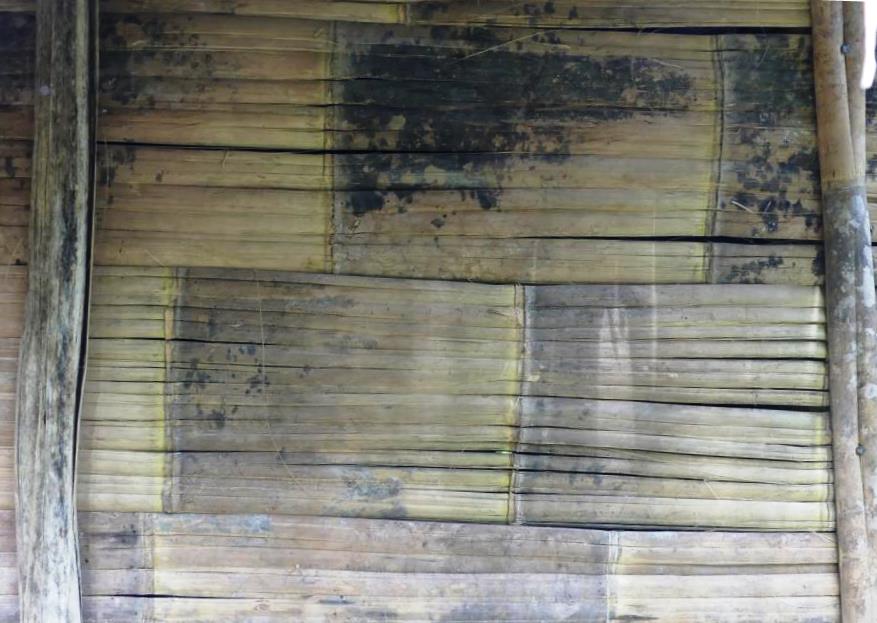
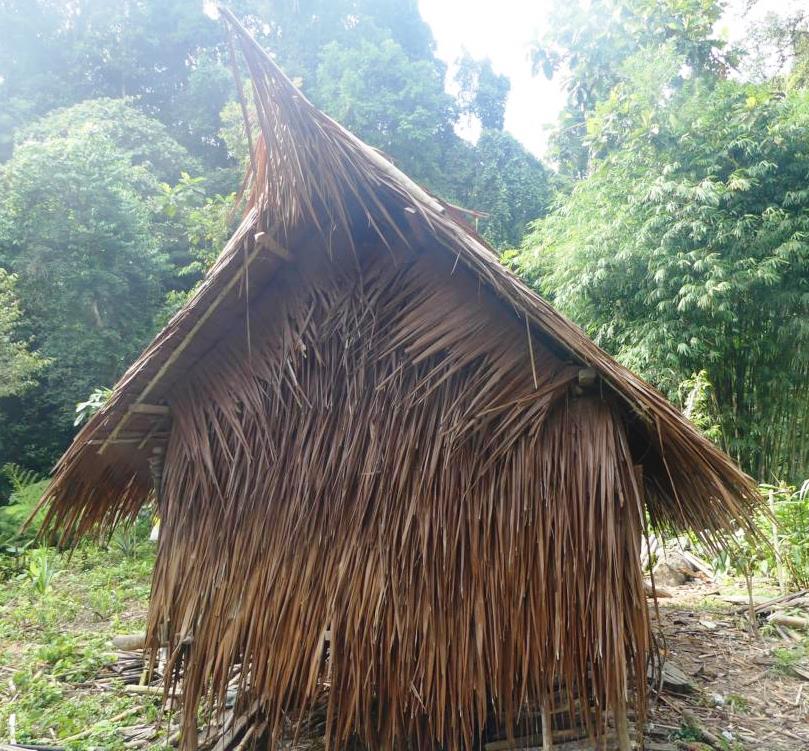
Some hut building details
Flattened pieces of Sweet bamboo (Gigantochloa atter) cover the walls of the enclosed room. The wall at the backside of the room is often covered with sago leaf panels for waterproofing. The protruding roof protects the other three sides anyway.
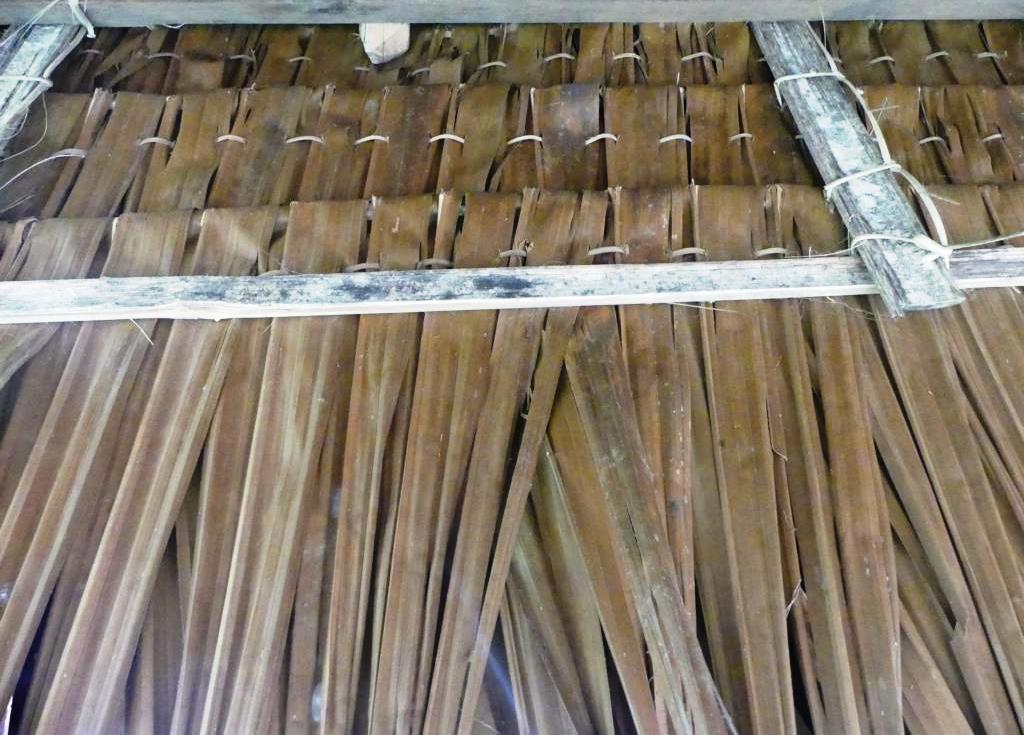
The roof panels are the same as those used at the Uma, and their manufacture was described in this article on our website.
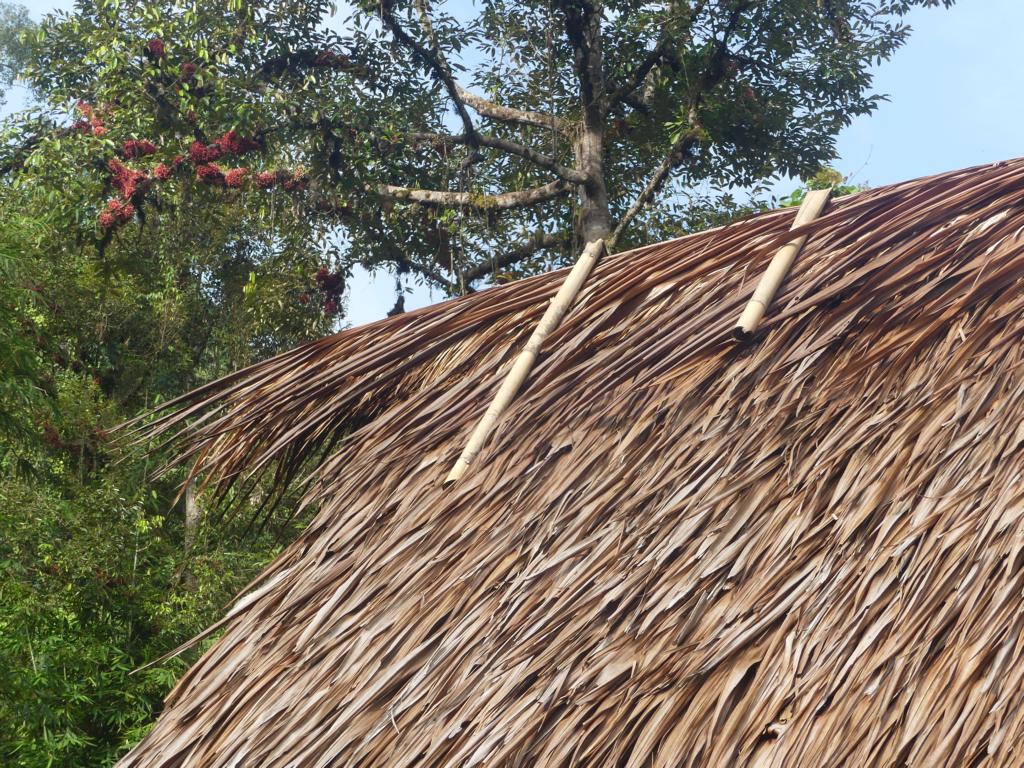
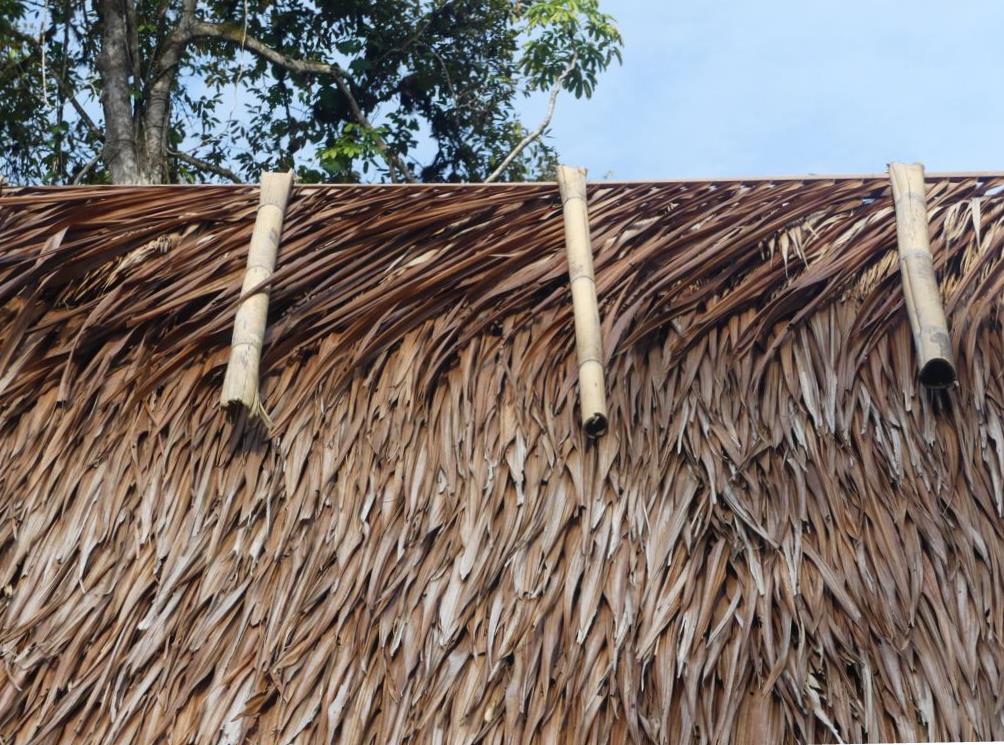
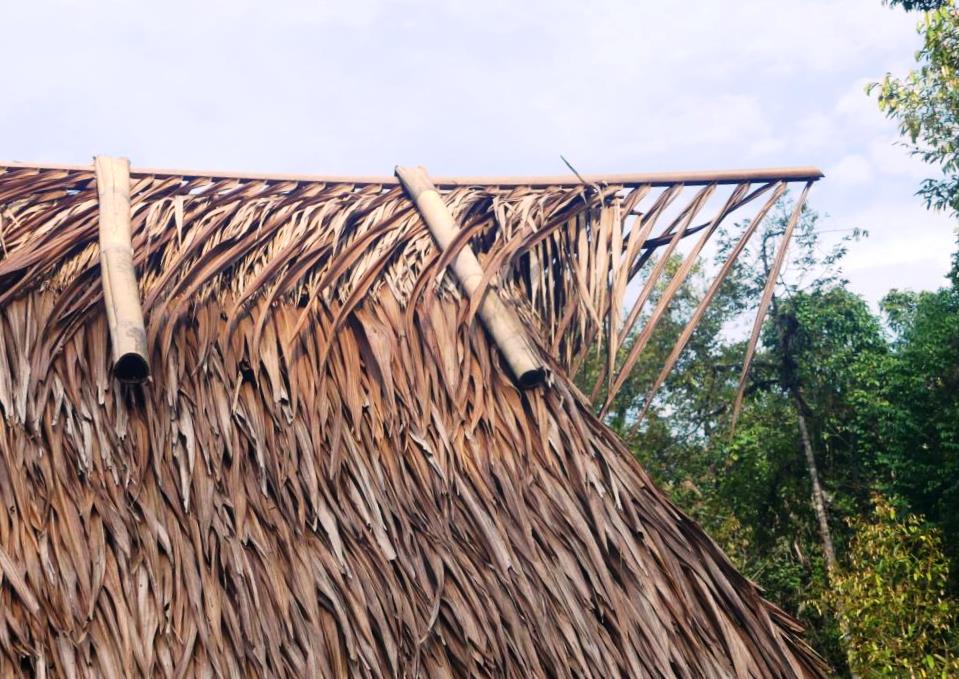
As described in that article, the biggest problem is waterproofing the roof gable. There, I wrote: ‘The gable area poses a challenge in preventing water seepage. Traditionally, the Mentawai people use complete sago palm fronds placed directly atop the gable to divert rainwater toward the roof panels. Wooden knee frames secure these fronds, as depicted in the picture above.’
Lessons learned from Mentawai forest huts:
- Forest huts serve various purposes: domiciles for old men, bases for hunting and gardening, and privacy.
- These huts are built on stilts with a deck and one enclosed room.
- The walls of the enclosed rooms are covered with flattened pieces of Sweet bamboo.
- The roof and hind wall are covered with sago leaf panels.
.



